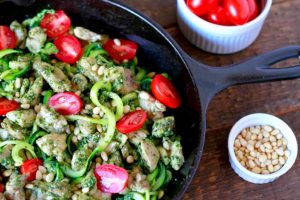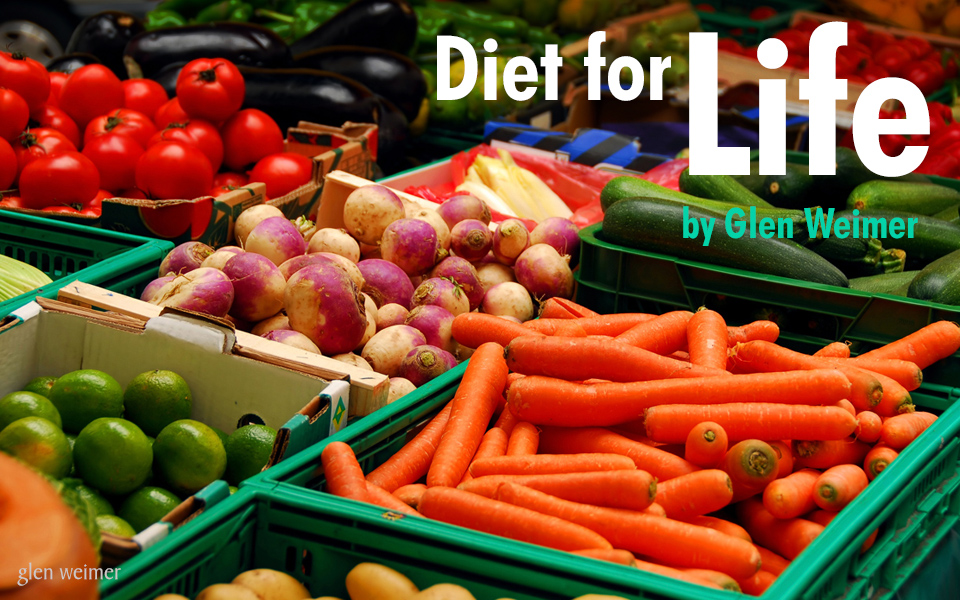Why Do We Eat?
- Fuel the Body / Feed the Organs
- Stuff Feelings / Calm Emotions
- Habit / Conditioning
- Reward / Safety / Comfort
- Social / Business
- Politeness
- Grounding
- Boost Energy
- Nostalgia / Associations
Not Just Nutrition
As this brief list reveals, we eat for many more reasons than simply nutrition. There is a deeply rooted psycho-emotional component to our eating patterns and whims. As a Polarity Therapist, raising consciousness is at the heart of my approach to nutrition—becoming aware of what we eat, why we make the choices we do, and what aspects of the body-mind system we are feeding allows us to make conscious choices about our diets. This doesn’t always mean we “have to” make “good” choices, but when we make conscious choices and we take responsibility for the outcome.
It is said that historically, whole civilizations change, governments tumble, borders change, and even language evolves, but the last thing to change for a people is their diet – so deep are the roots of cultural cuisine. There are psychological as well as physiological and environmental reasons for this.
 If, for example, your family were of Italian descent and pasta dishes a source of cultural pride, special occasions, celebrations, then the associations you may have with Italian cooking may be ones of safety and joy, with the encoded message “my family loves me.” Physiologically, you may have food intolerances to certain dishes and/or they may not be good for your physical health, but nothing will nourish your spirit more directly than these dishes. So the question is, “how to feed the whole system well?” This means not depriving one aspect of the body-mind system, but nurturing the whole so the system can run optimally.
If, for example, your family were of Italian descent and pasta dishes a source of cultural pride, special occasions, celebrations, then the associations you may have with Italian cooking may be ones of safety and joy, with the encoded message “my family loves me.” Physiologically, you may have food intolerances to certain dishes and/or they may not be good for your physical health, but nothing will nourish your spirit more directly than these dishes. So the question is, “how to feed the whole system well?” This means not depriving one aspect of the body-mind system, but nurturing the whole so the system can run optimally.
Tied to this are society’s ideas about beauty and its pressure to look and act a certain way, our own self image and self esteem issues and much more. The very mention of the words diet, weight, and exercise send most people careening into a cacophony of “shoulds” and places where they’ve “failed” some absolute ideal of life. It’s no wonder this is such a charged issue.
Shift In Consciousness
My experience with diet says that the first and hardest thing to change is consciousness. Lasting improvements in diet come, not by the effort to hold ourselves to a specific regimen, but by changes in our attitude and our relationship to life.
In his book, Staying Healthy with Nutrition, Dr. Elson Haas states: “The internal biofeedback system we have is superb if we cooperate with it rather than override it…Many of us, very early in life, develop body shapes, dietary habits, and specific eating patterns that become deeply ingrained…I now recognize that permanent dietary and weight change do not come easily, but usually take some level of personal transformation, psychological and emotional expression, and new creative outlets…”
Listen to Your Body
For me, the key is listening to our bodies: understanding its cues, consciously feeding its needs, and observing our responses to what we eat. The most important things to begin this process include an open mind, a desire to understand, and a commitment to honor the wisdom of our bodies.
As we explore changes to our emotional eating habits, one important rule of thumb I use is NEVER DEPRIVE YOURSELF! What you gain has to greatly outweigh what you’ve “lost” or you’ll feel deprived. If, on the other hand, you are infinitely more satisfied with what you have gained, then, what it takes the place of will simply slip out of your life unnoticed.
As you begin to monitor your body’s responses to different foods you may notice that after eating pastas (to continue that example) you feel sluggish. Melted cheeses are hard for you system to digest. Tomatoes sauces give you heart burn. Remember each body responds differently, what works for one person may be challenging for another.
Incremental Change
Play with changing a few of the variable and continue to monitor the changes – what if you only ate these dishes for lunch, would that make any difference? How about different types of pasta––gluten-free rice noodles? How about fresh pesto with sun-dried tomatoes and olive oil? Or adding a feta cheese to a cheeseless pizza after it is cooked?
Below are just a few ideas you might try playing with. As with any healing process it is important to have good support for the physical as well as the psycho-emotional changes that the process brings. I always recommend professional as well as personal support. An objective observer is invaluable. It is often hard to recognize our own mood swings, resistances and psychological and physiological changes. (see Your Body: Basic Users Manual – The Digestive System)
 Take Notes
Take Notes
Keep a daily food diary. Record what you eat, how much, when, why, where and under what circumstance. Write it down! Even if you don’t show it to anyone, the act of recording it requires that you be honest with yourself. The why, where and circumstances are particularly significant for all the reasons already mentioned.
Add one healthy food to each meal. You could simply add a steamed vegetable to what you would normally be eating. Substitute a food you believe to be unhealthy with a healthier alternative or one prepared in a healthier manner. Begin moving toward greater numbers of fresh ingredients; steamed or baked rather than fried, and with fewer processed/prepackaged ingredients. With every change you make to your diet, monitor the changes you experience—immediately after eating; one hour; two hours; and over a day’s cycle. Ask yourself, “do I have more or less energy, am I feeling happy, angry, etc.”?
Recommendations
Add a small amount of liquid colloidal minerals to fresh juice daily. Often times strong cravings are an indicator that the system is deficient in major, rare or trace minerals, particularly craving for salty foods and sweets. People often confuse vitamins and minerals. Minerals are vital to the very existence of all life (i.e. RNA, DNA, subcellular and digestive enzyme and the utilization of vitamins.) Note: Globally our soils are becoming increasing depleted in mineral.
If you eat meat, poultry or fish try reducing the portions and making the other elements of the meal more appealing. The body needs much less protein than people often think! The body cannot store protein—too much causes the system to become over acidic, can lead to osteoporosis, and the build up of toxins. Conversely, if the body doesn’t get enough protein it will consume its own tissue, producing (nitrogen) toxins.
Be sure to drink enough water! Minimally we should drink our body weight in ounces daily: 150 lb = 150 oz or 15x 10-oz glasses or 1.2 gallons / 4.7 qts. People often confuse hunger for thirst/dehydration. Drink plenty of fluids between meals: up to one half hour before meals; and one to two hours after meals. Avoid or minimize fluid intake with meals as it will dilute the digestive juices needed to break down meals.
Remember, there is no such thing as failure! Diet is not something you get on and fall off—its your life. Whatever you’re eating, that’s your diet. Take it at your own pace. Be loving and gentle with yourself in this process of self discovery.
For more information here are a few good books to get you started: Staying Healthy with Nutrition, Elson Haas, MD; Conscious Eating, Gabriel Cousins, MD; Diet For a New America, John Robbins.
Disclaimer:
The information featured on this site is provided for information and education purposes only and is not intended to replace the advice of your doctor or health care provider on medical and/or health-related issues.
You should not use the information on this site for diagnosis or treatment of any health problem or as a substitute for medication or other treatment prescribed by your physician or health care provider.

